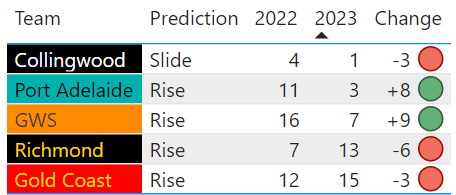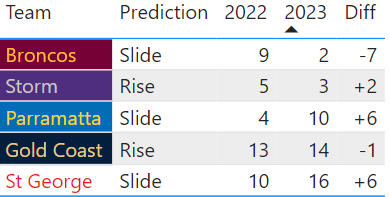Churn modelling to understand and keep your best customers
Business owners talk a lot about finding new customers.
But how many think long on retaining those they’ve already won?
Some do, many more should.
A widely reported nugget of marketing intel is that it costs 5x more to attract a new customer than to keep an existing one. So it’s imperative that businesses have an eye on their churning customers, firstly to ease those acquisition costs and, more importantly, to hold on to the value provided by loyal customers.
So what is churn, why does it happen, and what are our options for dealing with it?
Churn, also referred to as attrition, occurs when a paying customer decides to no longer engage or purchase your goods or services. Why it happens varies, but some reasons are:
Loss of interest or satisfaction
Residential move
Bad customer service experience
Change in financial circumstances
This is the tip of the iceberg – the list goes on, and it’s important that we have a sense of these reasons. But what’s the deeper ‘why’, the combination of circumstances that lead to the breaking point? How do we find those, and what can you do about it?
There is no one answer to this, but there are a few options:
Close your eyes and ignore it.
Go with instinct. Look at the superficial churn reasons and drive your marketing campaigns on hunches.
Do surveys. Run some stats and hope that enough people answered your questions honestly to make them reliable.
Understand the drivers of churn through machine learning. A robust approach that captures different types of customer behaviour and maps their ability to predict churn.
You might be able to pick the option we’d recommend from the list above.
A predictive churn model is a powerful machine learning solution. In short, a predictive churn model builds up a set of demographic and behavioural features about every individual customer and looks for patterns that lead to churn. Features can range from the simple such as gender and age group, to more intricate things like purchase value in the last 6 months, proximity to competitors, and duration of the last call centre enquiry.
Our human brain couldn’t hope to find connections in the vastness of a feature dataset, but with machine learning tools we can quickly start to profile the typical churning customer – new customer intelligence based on objective analysis and using the full value of your data assets.
Once the features are built, the model finds patterns between them. This allows the user to understand the behaviours that have driven churn in the past, and identify indicators for future churn.
You may now be having a lightbulb moment as these first pieces click and the value of this solution starts to reveal itself. The process doesn’t end there – the first model isn’t the best model – but more on that in upcoming articles.
We hope you enjoyed the first article in this series on customer churn. Please keep an eye out for the next one, landing in the next few weeks.
White Box Analytics is a specialist retail solutions provider. We’re looking for the next wave of retail industry experts to partner with as they take the leap to becoming data frontrunners in their field.
Start a conversation with us today to learn more about how we can empower your team.










